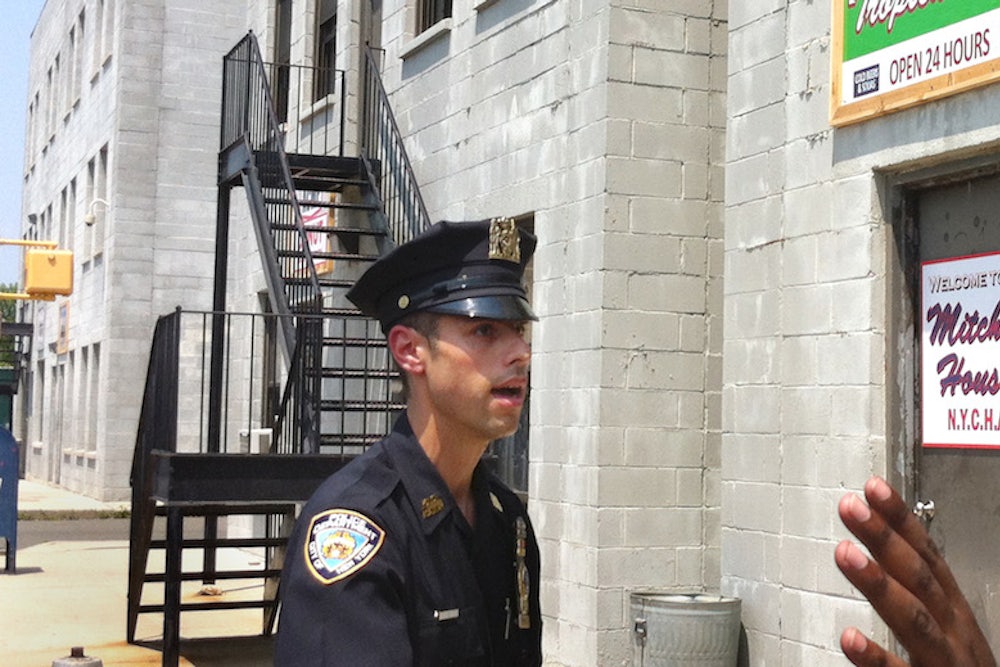Former New York Police Department Commissioner Ray Kelly predicted last year that “no question about it, violent crime will go up” if the city were to move away from stop-and-frisk policing. He was wrong. Stop-and-frisks, which almost exclusively targeted black and Hispanic men, are down 79 percent through the first nine months of 2014. And instead of descending into chaos and crime, New York has also seen less violent crime. Mayor Bill de Blasio announced on Tuesday the city's crime rate fell 4.4 percent in the first 11 months of the year.

The number of stop-and-frisks has fallen drastically since the program's peak in 2011. That's in large part due to mounting public and legal scrutiny of the NYPD's practices, including a federal judge's 2013 ruling they were unconstitutional. The drop in homicides, meanwhile, is part of an even longer trend that has little to do with stop-and-frisk's implementation or ending. At stop-and-frisk’s peak, advocates like Kelly and former Mayor Michael Bloomberg credited the policy for a decline in crime rates since 2002. Yet the city’s own data never supported this. According to data from the New York Civil Liberties Union, police only found firearms 0.2 percent of the time in stops.
